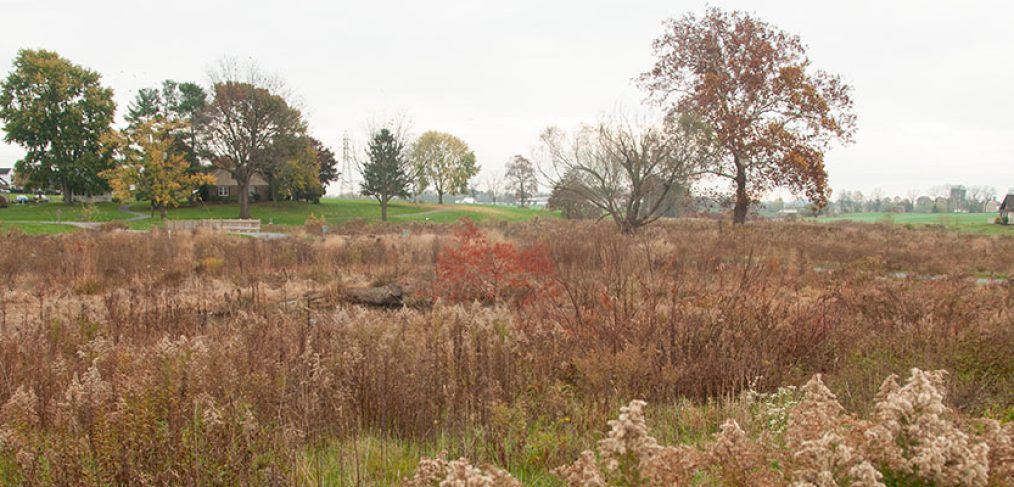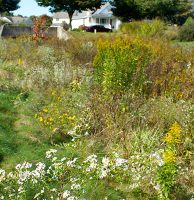
Fall and Winter Maintenance Tips
Proper maintenance of natural landscapes is essential to the long-term success of the functional aspects as well as the outward beauty that landscapes provide. LandStudies’ team of professionals includes expertise in proper year-round maintenance and offers these tips for maintaining landscapes in the dormant (fall/winter) season.
- Consider leaving leaves in your garden beds as coverage for critters and creatures. They provide habitat for overwintering bugs, will decompose and add nutrients back into the soil, will encourage mycorrhizae and fungi, and it is less work than raking them! The leaves can also protect new seedlings that start to grow in the spring.
- Leave seed heads on your annuals and perennials for food for birds. They can also drop the seed so you have more plants next year. You can also collect some of the seeds and spread them around yourself.
- Wait until spring to trim back stems and grasses, as they can hold insects in their hollow stems, and provide habitat and food for other critters.
- Use chicken wire or other metal mesh to protect small and new shrubs and trees from rabbits, mice, and voles who like to chew bark off of woody plants.
- Check newly planted material for frost heave, and gently push them back down in the ground if they’ve popped.
- If you planted trees or shrubs, give them one last water before the ground freezes to avoid drying soil.
- Don’t prune trees or shrubs until late winter right before the spring growth can help close the wounds, unless you are cutting out already-dead wood. There are some exceptions that are species-dependent. More information about when to prune can be found here.
More information about LandStudies’ maintenance services can be found here.
More information about the importance of native species can be found here.


